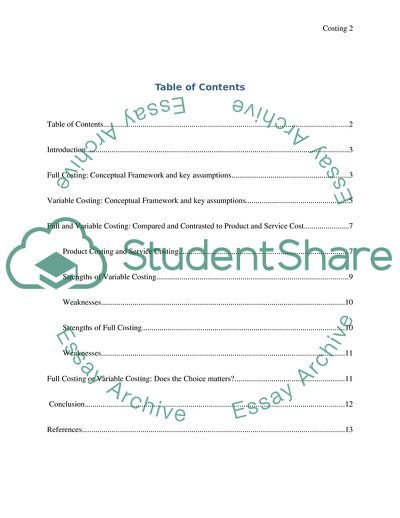Cite this document
(Full costing versus variable costing: Does the choice still matter Essay - 3, n.d.)
Full costing versus variable costing: Does the choice still matter Essay - 3. https://studentshare.org/finance-accounting/1764175-full-costing-versus-variable-costing-does-the-choice-still-matter
Full costing versus variable costing: Does the choice still matter Essay - 3. https://studentshare.org/finance-accounting/1764175-full-costing-versus-variable-costing-does-the-choice-still-matter
(Full Costing Versus Variable Costing: Does the Choice Still Matter Essay - 3)
Full Costing Versus Variable Costing: Does the Choice Still Matter Essay - 3. https://studentshare.org/finance-accounting/1764175-full-costing-versus-variable-costing-does-the-choice-still-matter.
Full Costing Versus Variable Costing: Does the Choice Still Matter Essay - 3. https://studentshare.org/finance-accounting/1764175-full-costing-versus-variable-costing-does-the-choice-still-matter.
“Full Costing Versus Variable Costing: Does the Choice Still Matter Essay - 3”. https://studentshare.org/finance-accounting/1764175-full-costing-versus-variable-costing-does-the-choice-still-matter.


